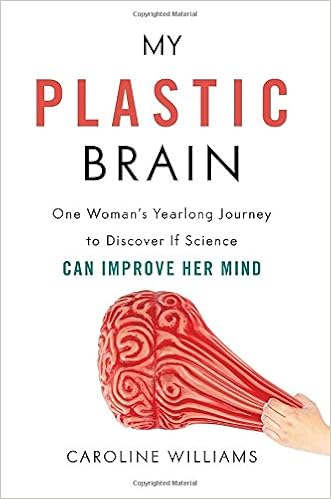 As you probably know, the de-orbiting Chinese space station Tiangong-1 will soon fall to Earth.
As you probably know, the de-orbiting Chinese space station Tiangong-1 will soon fall to Earth.This thing is 10.4 meters long and, on launch, weighted 8.5 tonnes.
What are the chances it will hit someone, or something important?
I don't know, and now that I'm reviewing this calculation I feel pretty sure I don't know, but here goes with my original idea.
The satellite will fall between the ± 43° latitude lines. But that's about all that seems known for sure right now.
That area constitutes 348 Mkm2, or 68% of Earth's surface area.
Much of this is ocean, but I don't know exactly how much. I'll assume, for better or worse, that it's the same percentage that the ocean makes up of Earth's total surface area, 70.8%, giving a potential land fall area of 102 Mkm2.
How many people are in this area? I don't know. All I know to do (without a lot of work) is assume it's the same percentage of the world population as is land, which, extrapolating this trend, was 7.46 B in 2017.
(Amazingly, 90% of the world's people live in the Northern hemisphere.)
When might a person be "hit" by a falling satellite? Let's say if it occurs within a 10 m radius of that person. Thus the danger zone around each person is 628 m2, and around all people living in the fall zone is (assuming independence) 3.20 Mkm2.
That's 3.1% of the satellite's potential landing zone. Small, but not tiny.
--
I suspect this number is an overestimate, because
(1) I've overestimated the number of people who live between -43 and +43 degrees latitude, since there's more ocean there than I've assumed, and
(2) I've assumed each person's "target zone" is independent of everyone else's (which is obviously not true in cities.)
Much of Europe and Russia lives above 43° N latitude, and all of Canada does -- and I do too, at 45-epsilon degrees. (I often drive past the a sign in North Salem announcing the 45° line, and based on my home's GPS coordinates I've calculated that I'm about 4.4 km south of this line, or at 44.960858° north latitude.)
So, there's a tiny chance of someone being hit by this satellite. 3% seems high -- but I doubt the chances are infinitesimal, even if I'm off by a factor of 10.
Still, good luck out there. Heads up.



